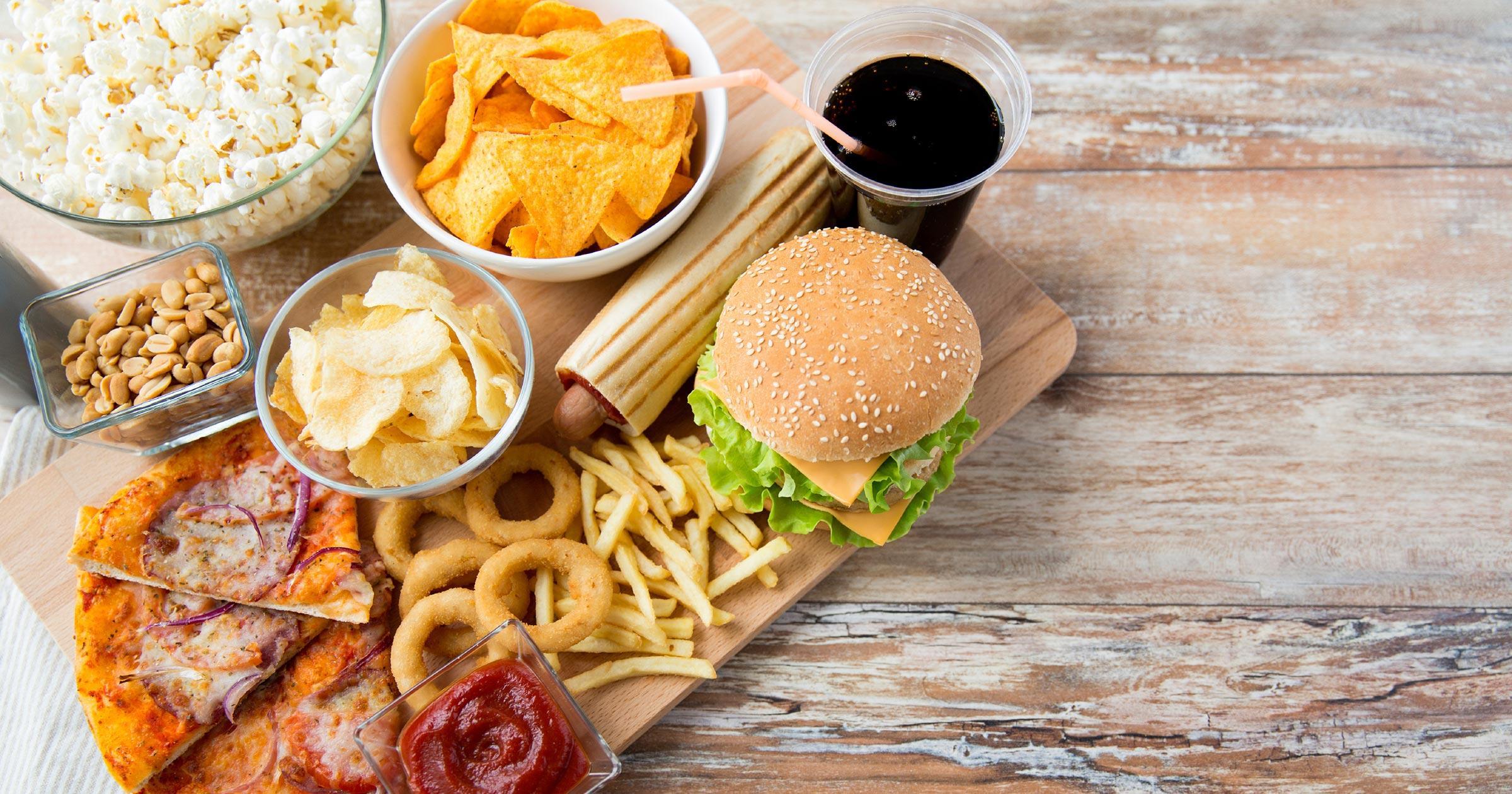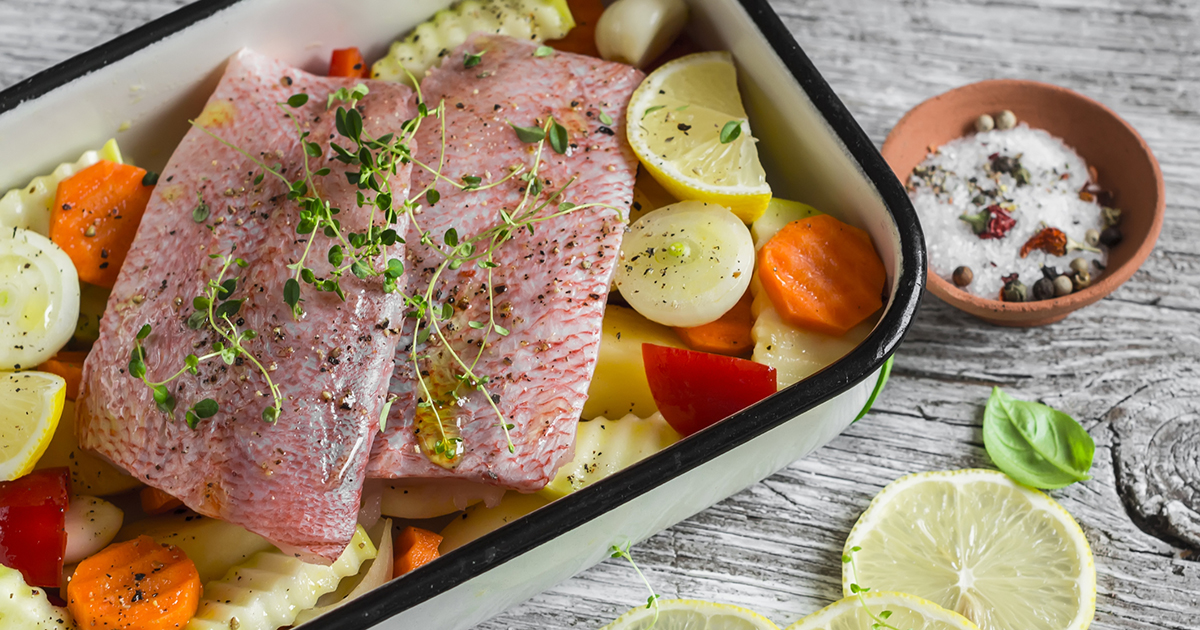Guide To Treating Insulin Resistance
One out of three Americans will develop insulin resistance, which is sometimes referred to as impaired glucose tolerance or metabolic syndrome. This prediabetic condition decreases the body's ability to utilize the hormone insulin, resulting in chronically elevated blood sugars. Insulin resistance can occur as a result of genetic factors, unhealthy lifestyle choices, or both. Most individuals who have insulin resistance will eventually develop diabetes. Diabetes is a serious condition and can significantly damage the heart, blood vessels, and kidneys over time.
Insulin resistance treatment is crucial. It helps individuals regain control over their blood sugar and prevent diabetes. Most patients will be prescribed insulin resistance medication. Some may try insulin resistance diet pills as well. However, certain patients prefer to try natural remedies for insulin resistance. In all cases, patients need to understand the various options for the treatment of insulin resistance first.
Medications

Most of the medications used to treat diabetes are not appropriate for prediabetes. However, suppose a patient's case is quite severe. In that case, their doctor may use metformin to help the liver slow the output of glucose that results from insulin resistance. In most cases, however, the recommended medications are used to treat the secondary conditions that often accompany insulin resistance. Examples of these conditions are hypertension and high cholesterol.
There are natural supplements that have shown some efficacy for treating these types of conditions as well. Fish oil, garlic, and Coenzyme Q10 can help balance cholesterol. They also promote cardiovascular health. Cinnamon and cayenne are known to lower blood sugar. Probiotics have demonstrated benefits beyond the gut and can assist with metabolism and weight loss efforts. Patients should always check in with their doctor before incorporating any supplemental medications into their regimen.
Monitor Carbohydrate Intake

Food as a form of natural medicine is not a new idea. However, it has become a central theme in disease management in recent years, especially in insulin resistance treatment. Patients with insulin resistance need to limit starchy and sugary foods that will challenge their pancreas and cause significant blood sugar spikes. The obvious choices are to stop consuming soda, candy, pie, and similar foods and beverages. However, other starchy foods can be bigger culprits in regards to insulin resistance and blood sugar. Individuals must watch out for bread, pasta, tubers, and white rice. These high-glycemic index foods break down into simple sugars quickly and cause rapid glucose elevation. Patients should replace the bulk of their dinner plate with protein, including plant protein, and whole fruits and vegetables.
Consume Non-Starchy Vegetables

When someone needs to monitor their carbohydrate intake, there are some vegetables they need to avoid. Like us, plants create and store glucose for future use, though theirs is in the form of starch. All vegetables will have at least a small amount of starch. However, corn, winter squashes like butternut and pumpkin, potatoes, and peas are full of complex carbohydrates and may end up being counterproductive.
Insulin resistance patients need to consume non-starchy vegetables instead. Popular choices include standard salad green mixes and toppings, such as lettuce, spinach, carrots, cucumbers, tomatoes, onions, sprouts, and mushrooms. Artichokes and large shoots, like bamboo and asparagus, are also low on carbohydrates. Other good options include zucchini, eggplant, broccoli, and most peppers.
Consume Fish Frequently

Cultures that consume fish frequently have been shown to have lower rates of heart disease and diabetes. This evidence provides an excellent dietary example to follow in the treatment of insulin resistance. Patients with insulin resistance often also struggle with obesity and high cholesterol. Making fish a dietary staple can help individuals maintain a healthy cholesterol balance and promote weight loss.
Fish contain far fewer calories per pound than other types of animal proteins, even chicken. In addition, cold-water fish, such as salmon and tuna, contain high percentages of omega-3 fatty acids. This can help restore a healthy cholesterol balance by raising high-density lipoprotein (good) and reducing low-density lipoprotein (bad) cholesterol. The former's protects individuals from developing coronary artery disease. At the same time, the latter contributes to the intravascular plaques that can build up and lead to heart problems.
Consume Smaller And More Frequent Meals

Blood sugar rises when an individual eats. The pancreas detects this change and then releases insulin. It begins the complicated biochemical process of utilizing or repackaging the available sugars for later use to maintain a narrow range of blood sugar. Insulin resistance compromises this process. The result is longer elevations in blood sugar and subsequent complications.
Individuals who do not eat regularly tend to overeat when mealtimes finally arrive. This contributes to the weight issues that often appear alongside insulin resistance. In addition, it also triggers more reductions and spikes in blood sugar, which often makes the problem worse. Eating smaller and more frequent meals is quite helpful for this issue. Doing this keeps individuals feeling full for longer. This will prevent overeating. It also makes maintaining a steady blood sugar level easier. Of course, the quality of those small meals matters too. Individuals need to consume fruits, non-starchy vegetables, and nuts in between regularly scheduled, healthy meals.
Exercise Regularly

Exercise is a significant treatment for many conditions. Insulin resistance is one of them. An individual's muscles need glucose for energy. This means that the more their muscles move, the more glucose they will burn. Thus, patients need to exercise regularly. Doing so will lower their blood sugar and reduce insulin secretion. Ultimately, this relieves pressure on the patient's pancreas.
Many forms of exercise will be beneficial in treating insulin resistance. This includes cardiovascular exercise, strength training, and high-intensity interval training. When in doubt, individuals should start with thirty minutes of moderate exercise five days a week. This is as easy as a brisk walk. They need to build up from there for the most effective results.
Lose Excess Weight

An individual's weight is a major risk factor for the development of insulin resistance and diabetes. Specifically, obesity and being overweight puts individuals at a high risk of becoming resistant to insulin. This risk is especially high when their weight is around their midsection. Thus, individuals with insulin resistance need to lose excess weight.
Previously mentioned treatments, such as eating smaller meals more frequently and getting regular exercise, will help individuals lose excess weight. However, there is no right weight for everyone. Individuals need to consult their primary doctor to determine what weight is a healthy target for their specific gender, height, and body type. They should also consult a nutritionist and personal trainer for help on losing weight safely.
Get Healthy Sleep

Multiple studies have demonstrated that there is a strong link between sleep and insulin resistance. Specifically, they show that sleep deprivation and poor quality sleep increase an individual's risk of developing a resistance to insulin in the first place. In addition, sleep deprivation makes insulin resistance worse when patients already deal with it. This is especially the case with chronic sleep deprivation.
Unfortunately, it is not currently clear as to how much sleep is the correct amount. Thus, most health professionals recommend six to eight hours of sleep every night. Most of them favor seven or eight hours. Of course, individuals need to get quality sleep. Many individuals will benefit more from six hours of quality sleep than from eight hours of interrupted sleep. Getting healthy sleep starts with the development of a good sleep hygiene routine. This includes avoiding screens an hour before bedtime, keeping the bedroom for sleep only, and following a relaxing routine in the hour leading up to sleep.
Reduce Stress

According to multiple studies, short-term stress triggers a temporary form of insulin resistance. An example of this happening is stress as a response to a sudden, external threat. Once the stress is gone, the insulin resistance disappears as well. This situation is healthy and, experts claim, does not have long-term health consequences. Unfortunately, this does not apply to chronic stress. Chronic stress also triggers insulin resistance. In this case, however, insulin resistance does not disappear. Thus, chronic stress and insulin resistance put individuals at an extremely high risk of developing diabetes.
Individuals need to reduce stress to treat insulin resistance. Stress relief looks different for everyone. However, great places to start include mindfulness, meditation, and aromatherapy. Practicing yoga is also helpful. Other options include going for a walk in the fresh air, reading, and listening to music. Patients should develop a routine that works for them and maintain it. This will help them with their insulin resistance over time.
Consume More Fiber

Diet is a vital component of an individual's health. As mentioned, healthy diet choices are quite effective in insulin resistance treatment. Individuals who consume soluble fiber, for instance, benefit from lower cholesterol and appetite management. However, these are not the only benefits of soluble fiber. Studies, such as one including 264 women, have shown that consuming soluble fiber has a measurable positive impact on insulin resistance. Specifically, consuming more soluble fiber helps increase an individual's sensitivity to insulin. Part of this is due to the fiber feeding beneficial bacteria in the gut. These bacteria have been linked to insulin sensitivity. Good sources of soluble fiber include oatmeal, figs, Brussel sprouts, and sweet potatoes.
